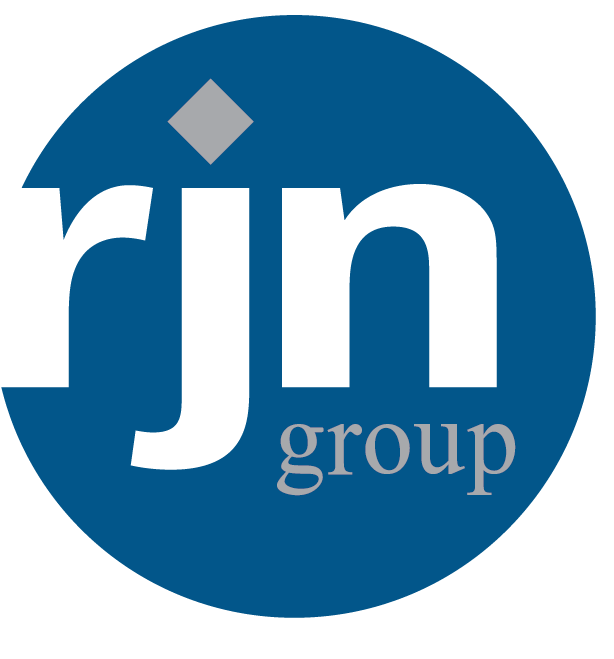(630) 682-4700
2655 Warrenville Road, Suite 225, Downers Grove, IL 60515
Better information about your collection, water, and stormwater systems
Explore ClarityBetter information about your collection, water, and stormwater systems
Explore Clarity
RJN Group, Inc., is an award-winning engineering firm specializing in the asse...
On its first American Society of Civil Engineers (ASCE) report card, the nation’s stormwater infrastructure received a D+. While a D+ is not unheard of, as wastewater infrastructure also received a D+, it still does not bode well for our stormwater infrastructure. Flooding issues have compounded as impermeable surfaces increase with development and current systems age beyond their designed service life. Unlike its sewer and water counterparts, stormwater doesn’t benefit from the administrative muscle that can facilitate expedited progress.
Unlike drinking water and wastewater systems — which received grades of C- and D+, respectively — stormwater currently has no federal state revolving funds to subsidize projects. Additionally, because most U.S. communities have not established dedicated funding sources for stormwater, capital for stormwater projects often must come from general municipal funds and compete with any number of other spending priorities.” (Jacques, 2021)
While the ASCE report provides some helpful tips for heading in the correct direction, their recommendations include paradigm shifts in federal funding sources or establishing new utilities as collection arms for communities. While these are great solutions and should absolutely be pursued, they only begin to address the immediate problem.
One of the more striking facts is that many communities know they have stormwater infrastructure, but they may not be sure of where it is, how much they have, who owns it, or its overall condition. Additionally, if we assume an average service life of 50 years, anything constructed before the 70s would be running on borrowed time.
So, while we wait on the wheels of progress to turn at the federal level, and while community leadership weighs establishing new stormwater utilities to fund their stormwater operations, or imposing the ever-popular additional tax for stormwater, how can communities best leverage their existing funding to maximize their efforts?
The solution is simple. In fact, many communities are already taking steps in the right direction. Municipal Separate Storm Sewer Systems, colloquially, “MS4s,” are stormwater systems that are regulated by the National Pollution and Discharge Elimination System (NPDES) program. Due to their NPDES regulations, MS4 communities must establish maintenance programs similar to collection system CMOMs—capacity, management, operations, and maintenance—which provide the management structure needed to regularly address assets and track conditions. However, to manage and maintain a system, you have to have information on where this system is.
/Field%20Services/GPS002-1.jpg?width=145&name=GPS002-1.jpg) Only 40 percent of stormwater utilities have taken the step to map their stormwater systems as of 2018 (Black & Veatch Management Consulting, LLC, 2018). This is where an asset management program comes into play. Asset management programs are where the meat and potatoes for a focused stormwater system maintenance program reside. These programs provide communities with a holistic picture of their stormwater systems through condition assessments (CCTV televising, site visits, outfall mapping, etc.) to map and record the system's condition. The key is to then assign a risk score to each asset based on observed conditions. In doing so, a precision tool for prioritized capital investment is created.
Only 40 percent of stormwater utilities have taken the step to map their stormwater systems as of 2018 (Black & Veatch Management Consulting, LLC, 2018). This is where an asset management program comes into play. Asset management programs are where the meat and potatoes for a focused stormwater system maintenance program reside. These programs provide communities with a holistic picture of their stormwater systems through condition assessments (CCTV televising, site visits, outfall mapping, etc.) to map and record the system's condition. The key is to then assign a risk score to each asset based on observed conditions. In doing so, a precision tool for prioritized capital investment is created.
A prime example of this is San Antonio, where RJN mapped approximately 89.95 miles of unrecorded stormwater pipeline and 3,163 unknown stormwater structures. Furthermore, when it came time to develop rehabilitation measures for the stormwater pipelines, RJN was able to reduce improvement costs by 39 percent using risk modeling to inform decisions—savings were based on the City’s pre-asset management approach to implementing rehabilitation efforts.
We know that stormwater dollars are limited, and we know that may not change for a while. And now, thanks to our asset management program, we can allocate our dollars to the most high-impact projects. This ensures the maximum return on investment and enables communities to leverage data to drive their decision-making process.
Sources:
American Society of Civil Engineers, “2021 Report Card for America’s Infrastructure.” https://infrastructurereportcard.org/. July 29, 2021.

RJN Group, Inc., is an award-winning engineering firm specializing in the asse...